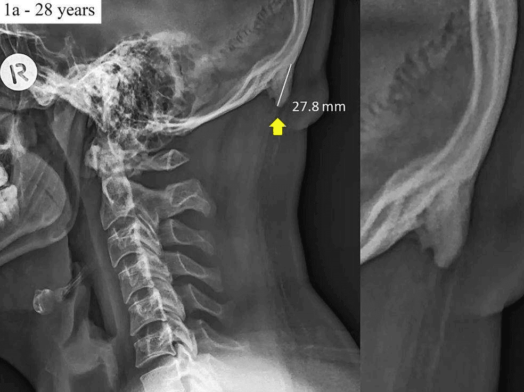The year 2016 has seen a better understanding of both the nature of the Zika virus and how to combat its spread. This sexually transmissible, mosquito-borne virus has been determined to cause a number of severe birth defects, such as microcephaly. The Zika virus is mostly found in North and South America; however, cases have been reported from as far away as Singapore and Cape Verde. Mainland Africa has, so far, remained clear of the virus.
With all these advancements in combating the virus, cases of Zika are expected to decline substantially during the year 2017, and the epidemic may well be at an end within the next three years.
The fight against Zika has been hampered by the difficulty in diagnosing the disease, since sufferers might not even show symptoms. New tests have been developed that are capable of detecting it in the early stages. This, along with a better understanding of the virus’ structure that has led to promising advancements in the creation of vaccines and antiviral drugs, has prompted the World Health Organization (WHO) to declare that Zika is no longer a global emergency.
Progress has also been made in the efforts to eradicate the Zika virus in the wild. Mosquitoes that are infected with the Wolbachia bacteria are much less likely to transmit the virus. Researchers plan to release millions of Wolbachia-infected mosquitoes in Brazil and Colombia over the next two years.
With all these advancements in combating the virus, cases of Zika are expected to decline substantially during the year 2017, and the epidemic may well be at an end within the next three years.
Read more about it in The Scientist article “This Year in Zika”, by Joshua A. Krisch.















